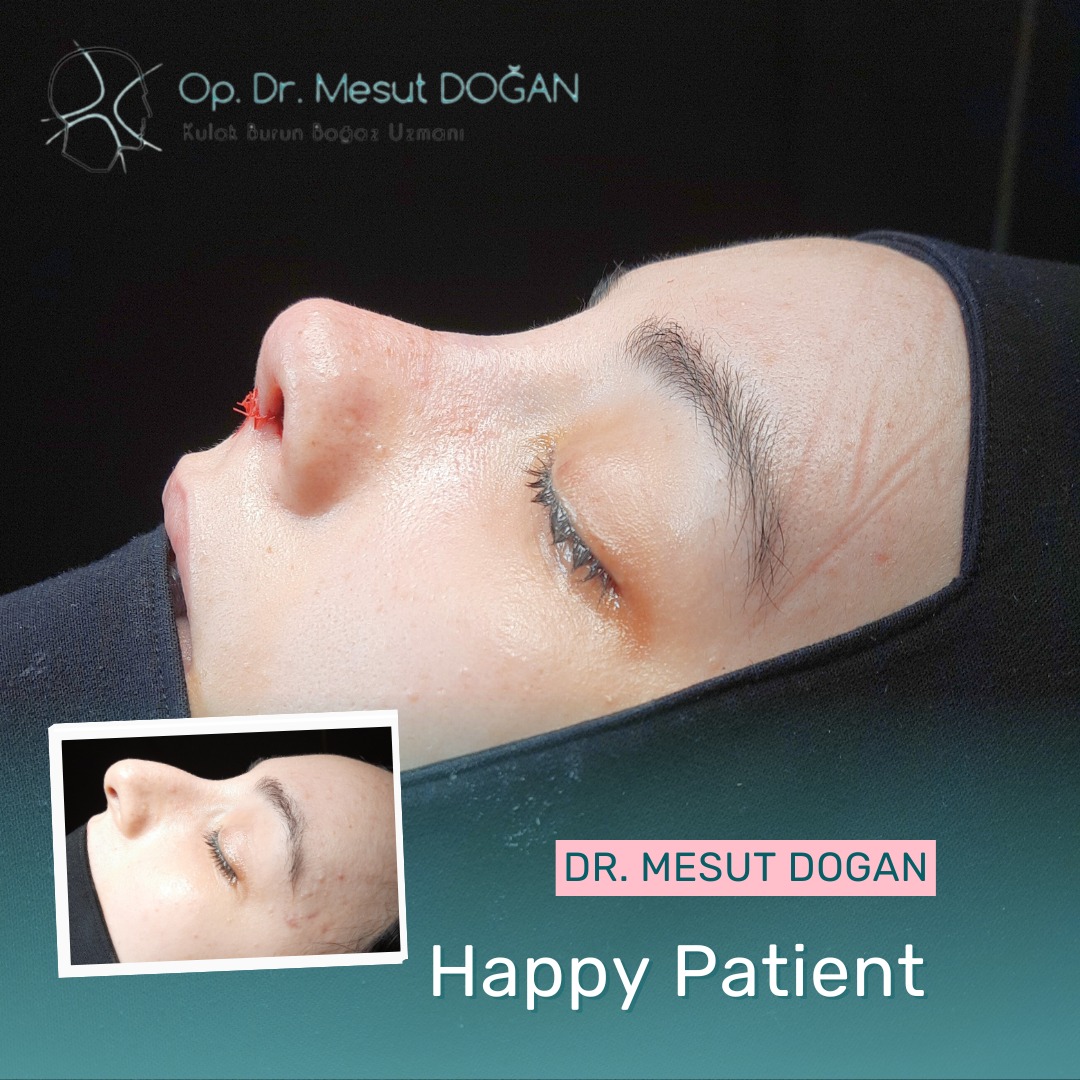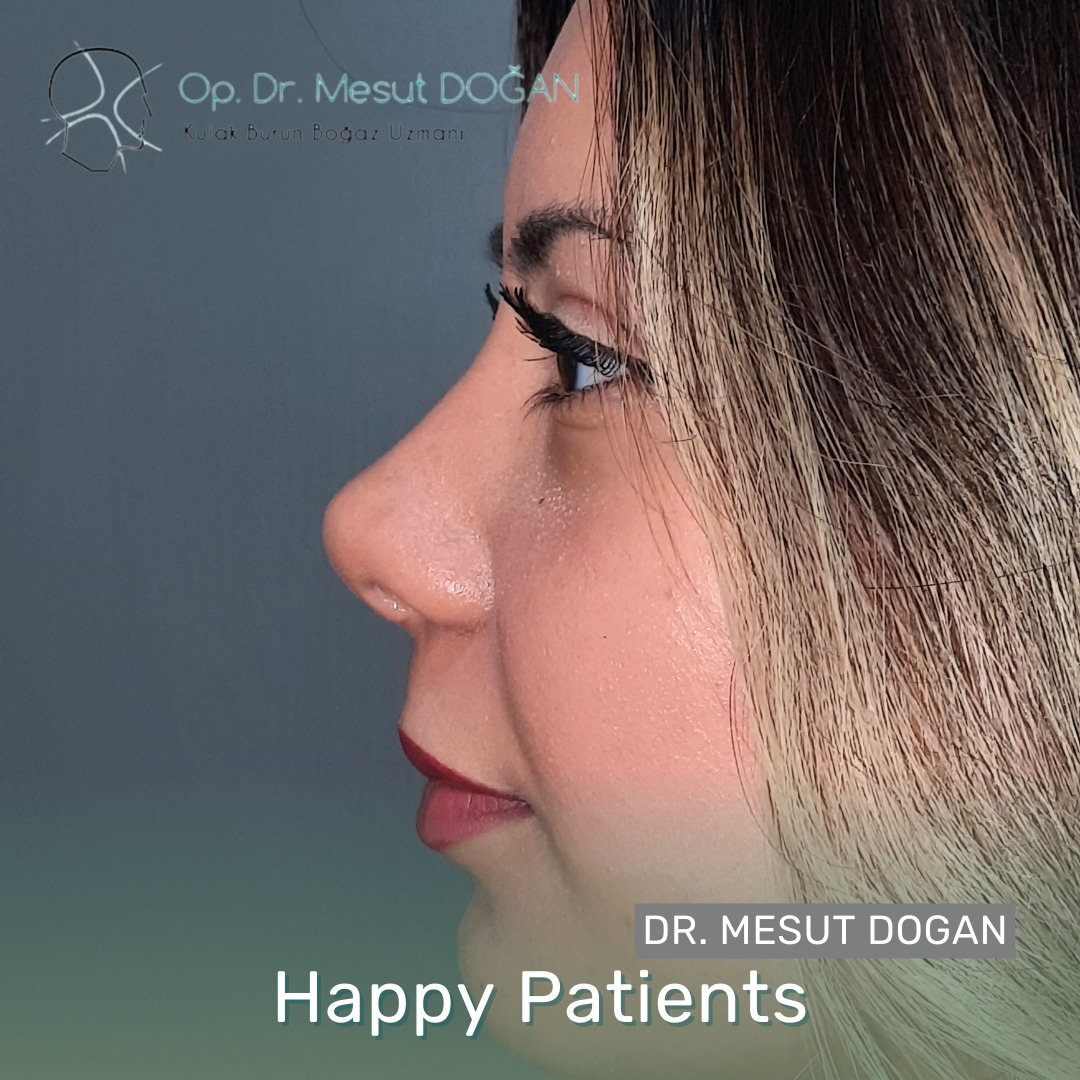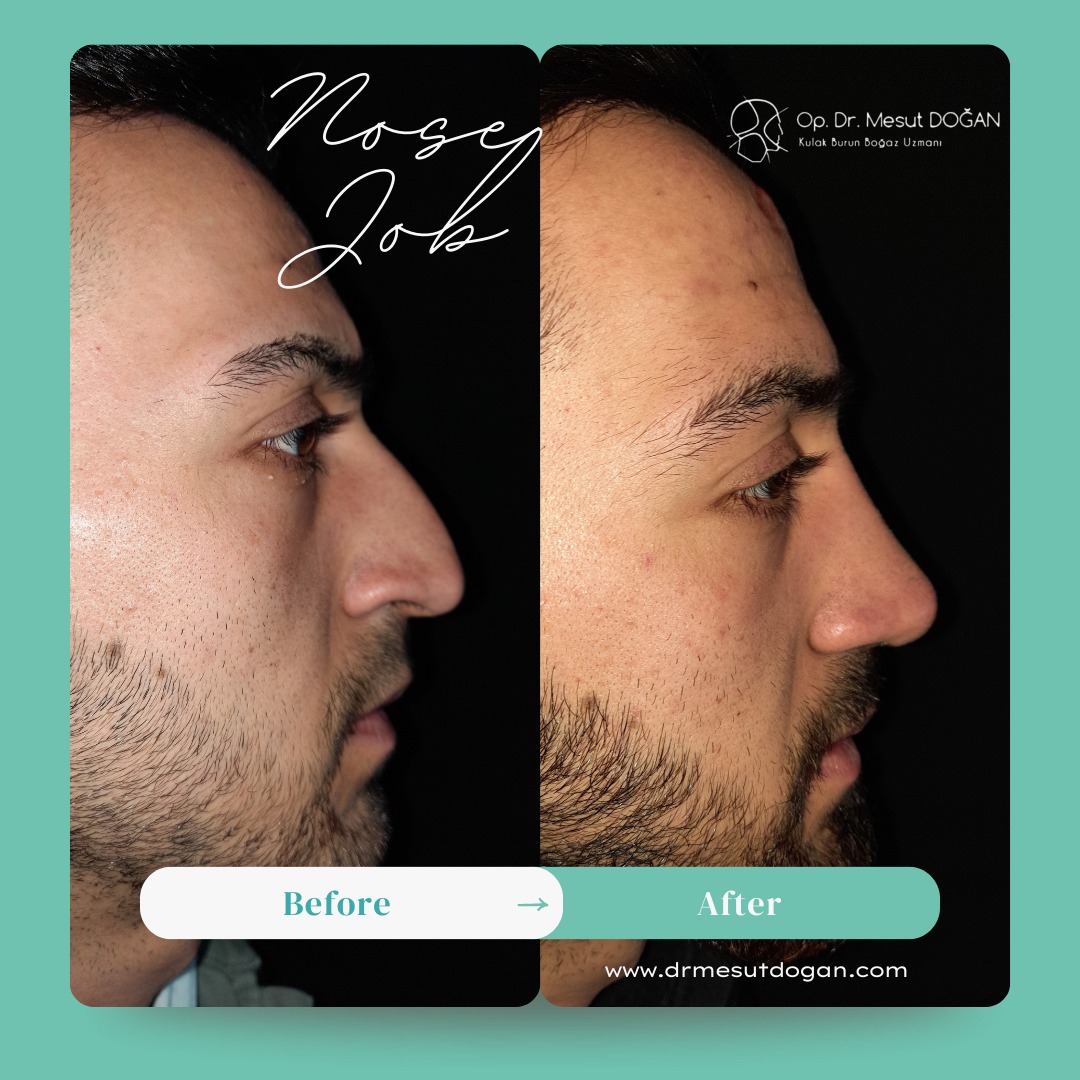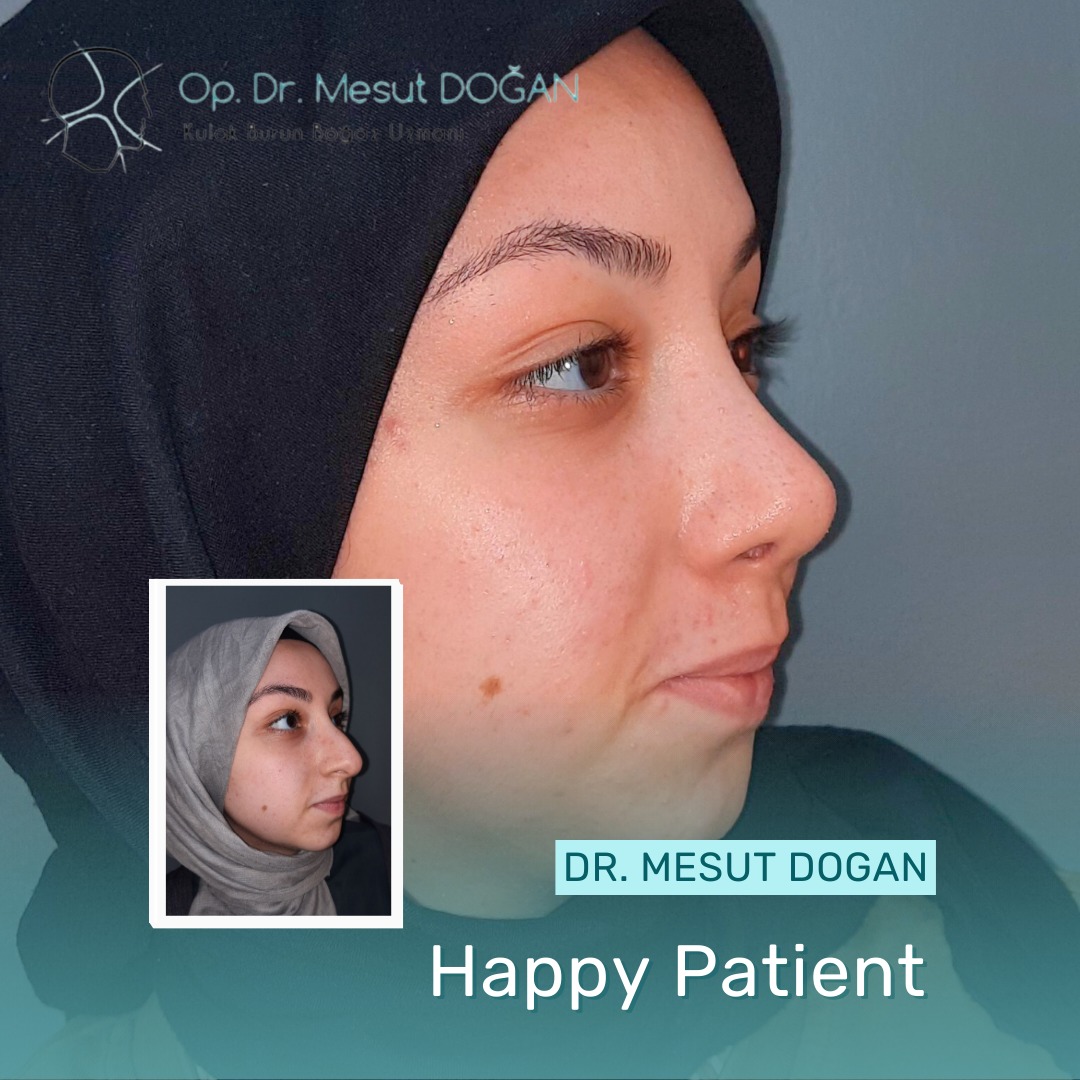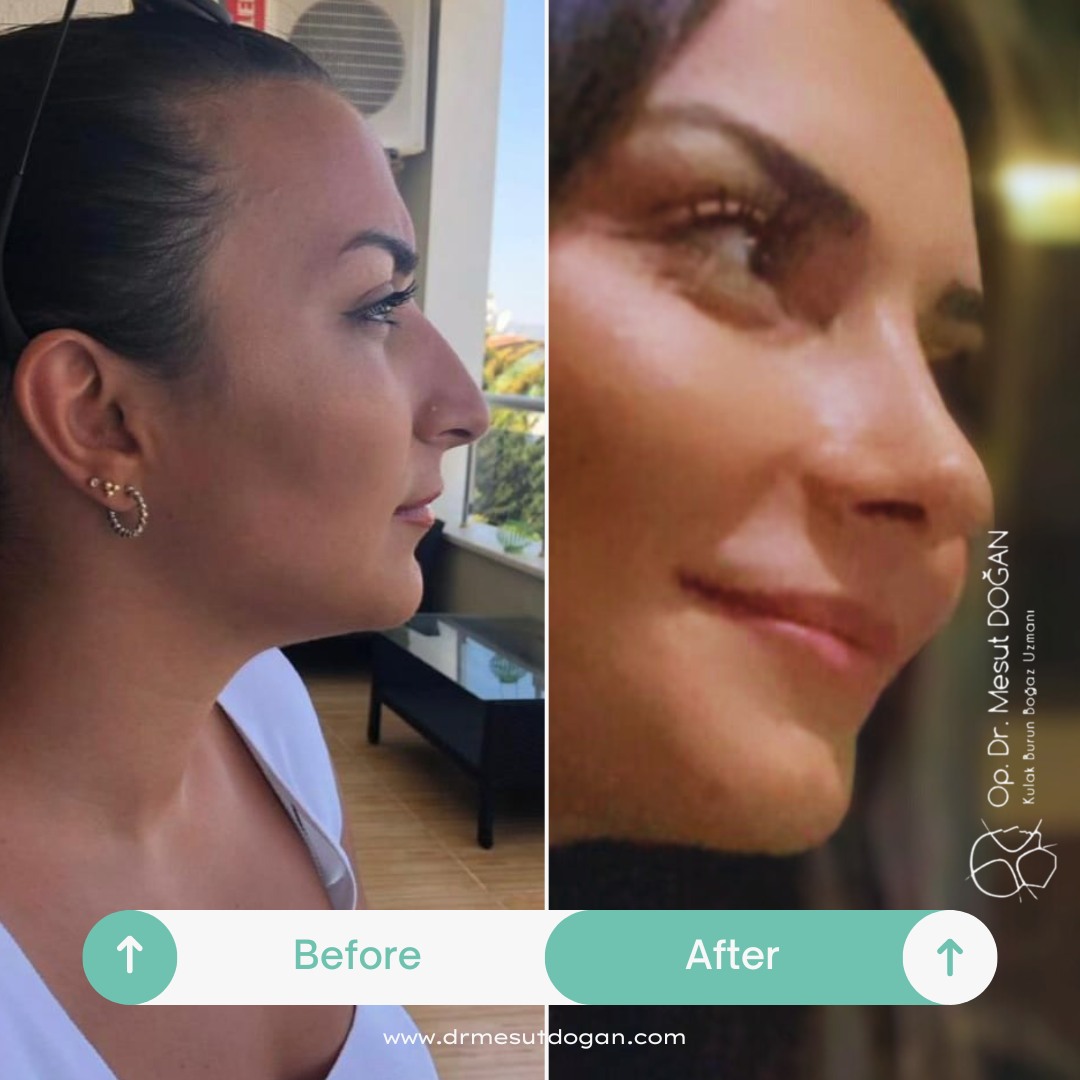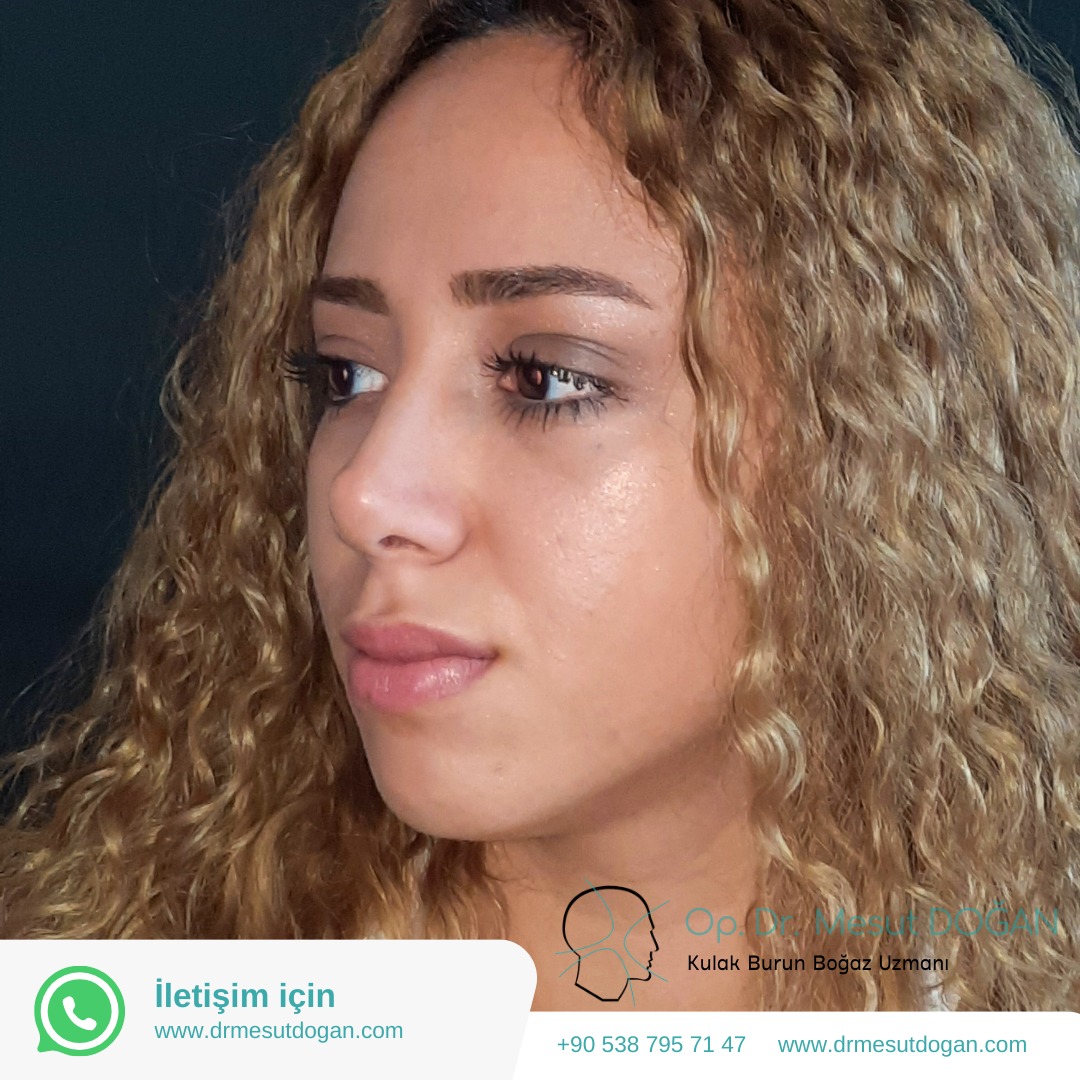Adenoid Hypertrophy (Enlarged Adenoids)
Behind the nose lies a space called the nasopharynx. The adenoids are a type of lymphoid tissue located at the top of this space, playing a defensive role similar to the tonsils in the throat. They help the body fight off bacteria, viruses, and allergens. With their ridged surface, adenoids are highly active during childhood.
In some children, due to allergies, genetic predisposition, past infections, or environmental factors, the adenoids may become enlarged. Sometimes, there is no identifiable cause.
When adenoids grow excessively, they can block the nasal airway, making it difficult for the child to breathe through the nose. The child often sleeps with an open mouth, may have trouble eating, and struggles to breathe comfortably even while awake. Just like nasal congestion in adults, it causes significant discomfort—but children are often unable to express their discomfort clearly.
Disturbed sleep caused by enlarged adenoids can result in:
- Restlessness before falling asleep
- Night sweating
- Frequent waking
- Daytime fatigue
- Irritability or hyperactivity
- Difficulty concentrating in school
Adenoid hypertrophy may also cause loss of appetite. As a result, children may experience growth and developmental delays. Disrupted sleep and poor oxygenation reduce the release of growth hormone. Chronic mouth breathing may lead to jaw development abnormalities, including high-arched palate, upper jaw narrowing, underdevelopment of the midface, and a condition known as “adenoid facies.” Dental misalignment, chewing problems, and tooth decay are also common.
The Eustachian tube, which is located near the adenoids, can also be affected. The enlarged tissue can block the tube or lead to infection through released inflammatory substances. Since the Eustachian tube is the only passage that ventilates the middle ear, dysfunction may cause fluid accumulation, eardrum retraction, or middle ear infections.
DOES ADENOID HYPERTROPHY CAUSE COUGHING?
Typical symptoms of adenoid hypertrophy include:
- Mouth breathing
- Snoring
- Nighttime coughing
Nasal and postnasal discharge
DIAGNOSIS
Diagnosis is made by an ENT specialist through physical examination. In some cases, endoscopic examination is sufficient, while in others, an X-ray may be needed.
CAN ADENOID GROWTH BE PREVENTED?
Preventive measures include avoiding infections and, when necessary, using medications. If allergies are present, nasal steroid sprays may be helpful. As the child grows, the adenoids typically stop growing, and the space in the nasal passage increases. However, this may take years and is only suitable for cases where the adenoids are not severely enlarged.
TREATMENT OF ADENOID HYPERTROPHY
Once a diagnosis is confirmed, the ENT specialist and the parents decide together on the appropriate course of action. The only permanent solution is surgical removal of the adenoids (adenoidectomy). Surgery may be considered if the child becomes sick frequently or if there is severe nasal obstruction.
ADENOID SURGERY
The procedure is performed under general anesthesia and typically takes 15 to 45 minutes. Using endoscopy, the surgeon visualizes the nasal cavity and nasopharynx, allowing a final detailed assessment. Removal of the adenoids takes only 1–2 minutes, though some bleeding may occur. A tampon is applied for about 5 minutes to stop the bleeding. Remaining debris is removed before the procedure is completed. When performed by an experienced surgeon, the operation is comfortable, fast, and low-risk.
AFTER ADENOID SURGERY
After the operation, the child is awakened by the anesthesiologist and monitored until fully conscious, then taken to their room. After 3–4 hours, eating and drinking may resume, and the child can stand and walk shortly afterward. In most cases, discharge occurs the same day.
Any post-op pain is usually manageable with simple painkillers. Many parents report that their child sleeps better the same night. By the next day, they can return to their normal routine, though avoiding crowded environments for a few days is advised. There are no other major restrictions.
Patient Reviews
I chose Dr. Mesut Doğan for my rhinoplasty operation, and I’m incredibly satisfied with the result. I now have a nose that looks natural and suits my face perfectly. He was attentive throughout the entire process, both before and after the surgery. I’m so glad I chose him!

I had been unhappy with my nose for years but kept postponing surgery out of fear. Thanks to Dr. Mesut Doğan, I was able to overcome all my fears. A natural appearance and being able to breathe comfortably were very important to me — and he delivered both. I’m truly grateful to him and his team.

I did extensive research on rhinoplasty and decided that Dr. Mesut Doğan was the right choice. From the very first consultation, he and his team made me feel confident and reassured. After the surgery, I achieved an excellent result both aesthetically and functionally. I’m so glad I met you, doctor!

I consulted Dr. Mesut Doğan for rhinoplasty and the result exceeded all my expectations. My nose looks so natural that no one can even tell I had surgery. He was by my side with his warm attitude and professionalism at every stage of the process. Endless thanks!

I had been unhappy with both the appearance of my nose and breathing problems for a long time. After meeting Dr. Mesut Doğan, I knew I had made the right decision. My surgery went very smoothly, and I’m extremely happy with the way I look now. I wholeheartedly recommend him to everyone.


